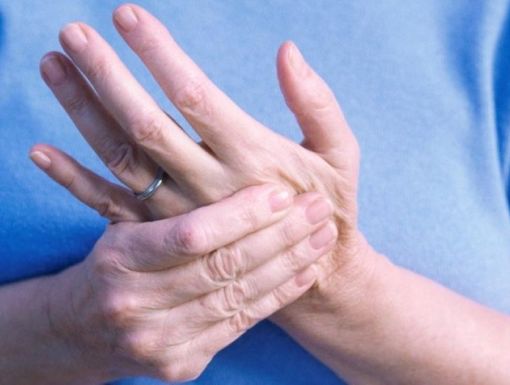
What is de Quervain’s Tenosynovitis? 5 Things to Know
De Quervain's tenosynovitis is a painful condition that occurs when the tendons in your wrist become swollen. The casings or tunnels that cover the tendons become inflamed, putting pressure on surrounding nerves.
Sometimes called “mommy wrist” or “mommy thumb,” de Quervain's tenosynovitis causes pain on the thumb side of the wrist. The pain worsens with movement of the thumb. It can make simple activities like turning doorknobs or lifting objects difficult.
The non-medical nicknames derived from the fact that the condition is common in caregivers of young children and those whose wrist become inflamed by repetitive motion.
When new mothers develop this condition, it typically appears 4 to 6 weeks after they give birth.
De Quervain's tenosynovitis is a temporary and treatable condition. However, if treatment for it isn’t sought, it can permanently restrict wrist movement or cause the tendons to fray.
What causes de Quervain's tenosynovitis?
Chronic overuse of the wrist is the most common cause of de Quervain's tenosynovitis. Day after day of repeating the same activities or movements can cause inflammation and irritation in the tendons that run along the thumb side of the wrist and connect to the base of the thumb.
This causes pain in that region that is worse with movement of the thumb, particularly when grasping or pinching items.
Other common symptoms of de Quervain’s tenosynovitis include:
- Swelling near the base of the thumb
- Numbness along the back of your thumb and index finger
- A sticking, snapping, or stop-and-go sensation when moving the thumb
Women are at higher risk of developing the condition, as are people between 30 and 50. People with rheumatoid arthritis also may be more likely to get de Quervain's tenosynovitis.
How to test for de Quervain's tenosynovitis
Doctors use the Finkelstein test to diagnose de Quervain's tenosynovitis. This involves bending the thumb across the palm of the hand and bending the fingers down over the thumb.
The doctor will ask the patient to bend the wrist toward the little finger. If the patient feels pain on the thumb side of the wrists, they likely have de Quervain tenosynovitis.
How to treat de Quervain's tenosynovitis
Common forms of treatment include:
- Use of a splint that prevents movement of the affected thumb and wrist for a few weeks
- Taking Tylenol or anti-inflammatory medications such as Ibuprofen
- Receiving a steroid injection into the tendon
Between 50% and 80% of patients can be successfully treated with these non-invasive options. For others, doctors may recommend surgery to release the tendon sheath and to make more room for the irritated tendons. Patients typically respond well to surgery.
De Quervain's tenosynovitis prevention involves common sense practices. Go slow when starting a new activity, particularly one that involves repetitive motion. Stop the activities that causes the pain and rest the thumb and wrist. Massage the wrist and thumb to loosen them up.
How long does it take for de Quervain’s tenosynovitis to heal?
How long it takes to heal from de Quervain’s tenosynovitis depends on what caused the condition and the severity of your symptoms. With treatment, most people see improvements within four to six weeks.
If you started experiencing symptoms during pregnancy, they are likely to last throughout the duration of your pregnancy and until you are finished breastfeeding.
What happens if de Quervain's goes untreated?
De Quervain's tenosynovitis is not a serious condition but can cause significant problems if ignored. In rare cases, people who do not seek treatment can permanently lose some function or range of motion in the affected wrist.
It’s a good idea to visit your doctor as soon as you notice pain or other symptoms of de Quervain’s tenosynovitis.
Schedule an appointment with orthopedic hand and wrist surgeon M. Tyson Garon, MD.



